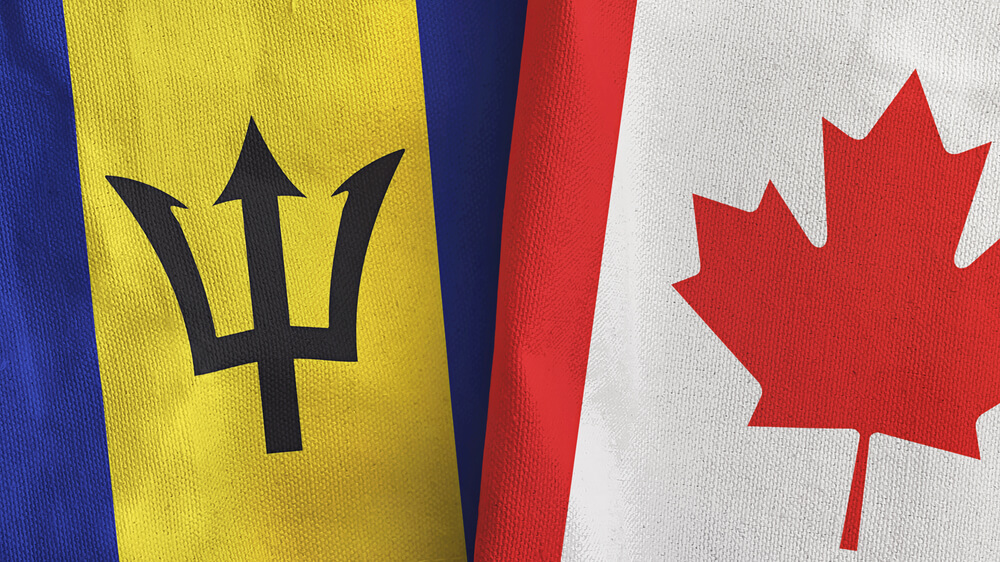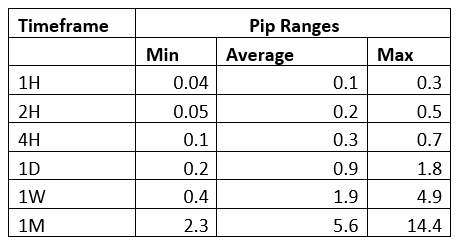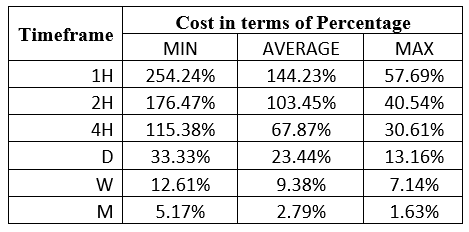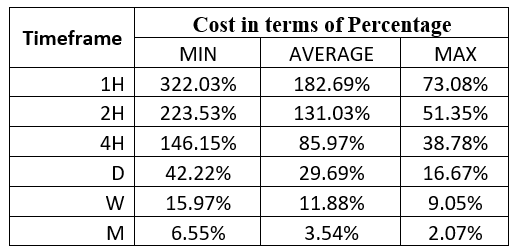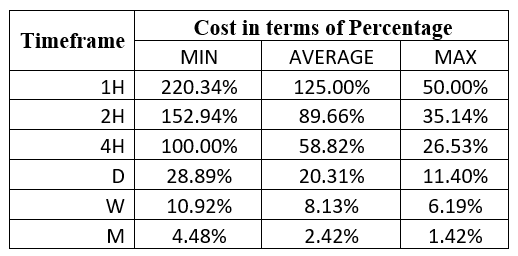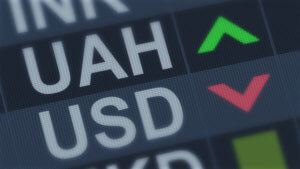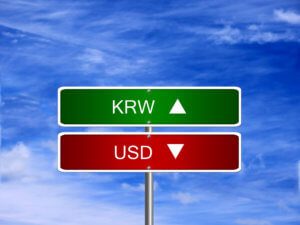Introduction
The CAD/BBD is an exotic currency cross. CAD is the Canadian Dollar, and the BBD is the Barbadian Dollar – the official currency of Barbados. Here, the CAD is the base currency, and the BBD is the quote currency. Thus, the exchange rate of the CAD/BBD pair is the amount of BBD that can be bought using 1 CAD. For example, if the exchange rate for the pair is 1.4961, it means that 1 CAD buys 1.4961 BBD.
CAD/BBD Specification
Spread
One of the costs of trading forex is the spread. It is deducted by the forex broker and is calculated as the difference between the ‘bid’ and ‘ask’ price. The spread varies depending on the type of trade executed. Here are the spread charges for ECN and STP brokers for CAD/BBD pair.
ECN: 12 pips | STP: 17 pips
Slippage
In forex, slippage occurs when a trader opens a trade, but that trade is executed at a higher price. The slippage is influenced by market volatility and the speed at which the forex broker executes your trade.
Trading Range in the CAD/BBD Pair
In forex, the trading range shows how a given currency pair fluctuates over time. It shows the minimum, average, and the maximum volatility of pair across different timeframes. The analysis of the trading range can help us the profitability of trade over different timeframes.
The trading range for the CAD/BBD pair is shown below.
The Procedure to assess Pip Ranges
- Add the ATR indicator to your chart
- Set the period to 1
- Add a 200-period SMA to this indicator
- Shrink the chart so you can determine a larger period
- Select your desired timeframe
- Measure the floor level and set this value as the min
- Measure the level of the 200-period SMA and set this as the average
- Measure the peak levels and set this as Max.
CAD/BBD Cost as a Percentage of the Trading Range
Here, we will take the total costs in both the ECN and STP accounts as a ratio of the above volatility and express it as a percentage. This analysis will help us understand the trading costs associated with the CAD/BBD pair across different timeframes; which can be useful to determine which risk management technique is optimal.
ECN Model Account
Spread = 12 | Slippage = 2 | Trading fee = 1
Total cost = 15
STP Model Account
Spread = 17 | Slippage = 2 | Trading fee = 0
Total cost = 19
The Ideal Timeframe to Trade CAD/BBD
From the above analyses, we can see that the trading cost for the CAD/BBD pair is highest at the 1-hour timeframe. The highest trading cost for both the ECN and the STP accounts coincide with a period of lowest volatility of just 0.04 pips. The shorter timeframes have relatively higher trading costs that the longer timeframes. Therefore, longer-term traders tend to enjoy lesser costs.
We can also notice that the overall trading costs reduce as the volatility of the CAD/BBD pair increases from minimum to maximum. Therefore, opening trades when the volatility is above the average can help shorter-term traders reduce their trading costs. More so, intraday traders also significantly lower these costs by adopting the use of forex limit orders over the market orders. The limit order types remove the costs associated with slippage. Below is a demonstration with the ECN account.
ECN Account Using Limit Model Account
Total cost = Slippage + Spread + Trading fee
= 0 + 12 + 1 = 13
Removing the slippage costs reduces the trading costs significantly for the CAD/BBD pair. For example, the highest trading cost has reduced from 322.03% to 220.34% of the trading range.

